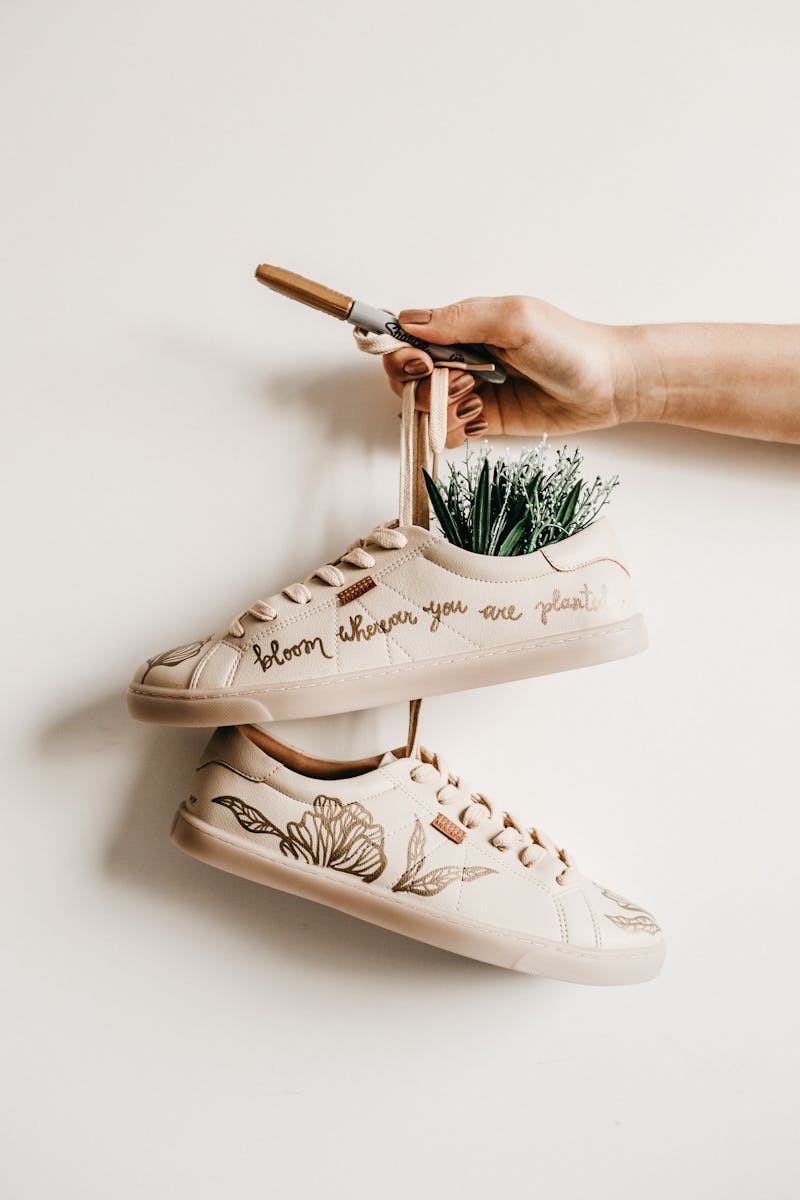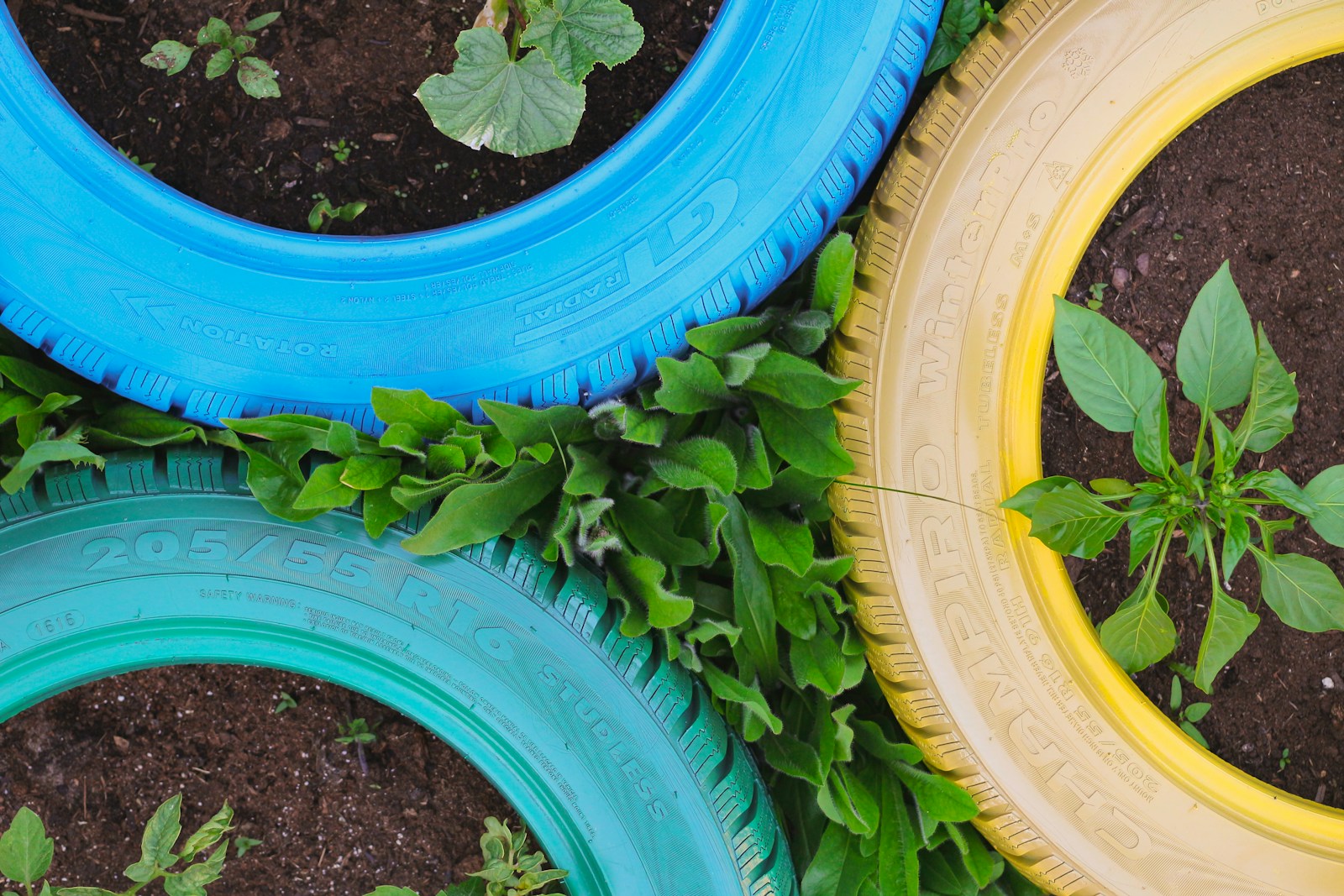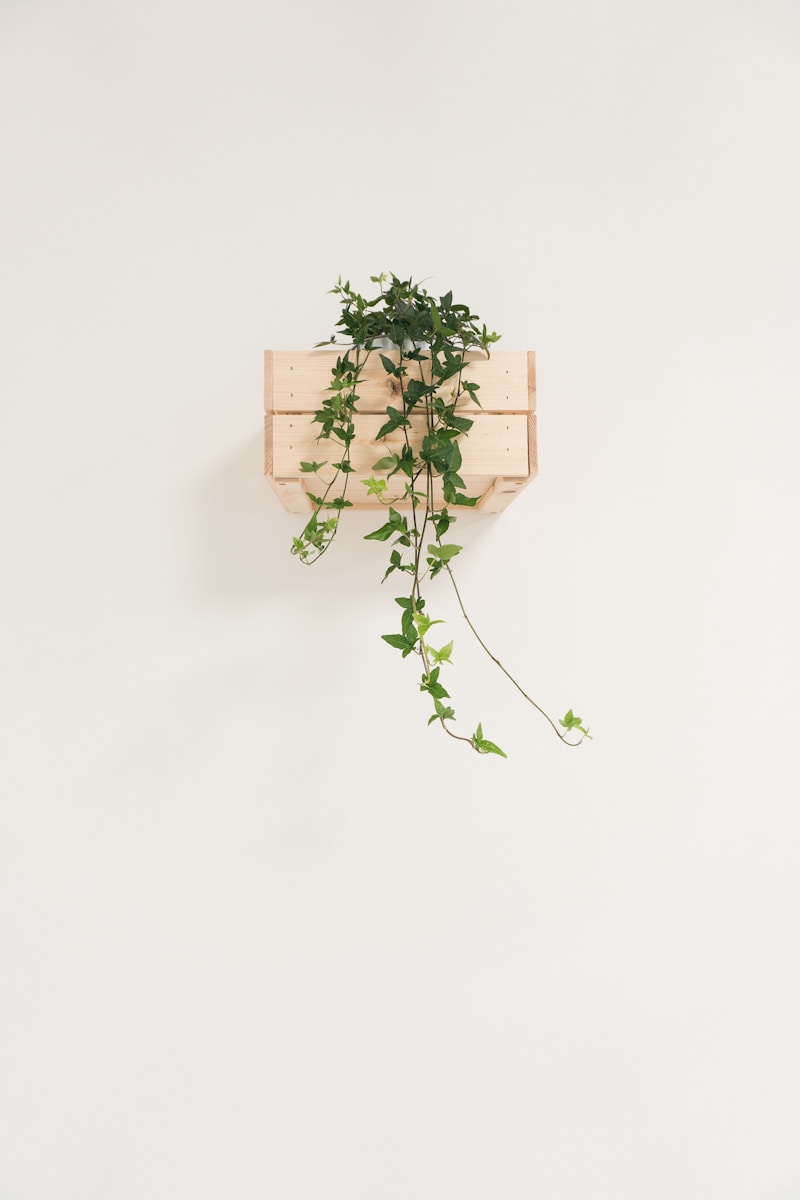Beginner DIY Projects to Build Confidence and Skills
Build a Simple Bookshelf with Basic Tools
One of the best beginner DIY projects is building a basic bookshelf. This task introduces you to essential skills like measuring, cutting, and assembling wood. You’ll practice using tools like a drill, level, and handsaw—skills you’ll use in countless future projects.
A simple ladder-style or cube bookshelf fits any space and can be completed in a weekend. Paint or stain it to match your décor, and enjoy the satisfaction of a project that’s both functional and stylish. It’s a great way to boost confidence through tangible results.
Install a New Backsplash Using Peel-and-Stick Tiles
Peel-and-stick backsplash tiles are an easy, low-stakes introduction to updating your home. No grout or special tools are required—just a clean surface and a bit of patience. Choose from faux subway tiles, geometric patterns, or textured finishes for a fresh kitchen or bathroom look.
This beginner DIY project builds precision skills like measuring, cutting with utility blades, and aligning patterns. Plus, it’s renter-friendly and removable. You’ll gain experience working with surfaces and adhesives without the pressure of permanent changes.
Make a Custom Wall Organizer with Pegboard
Turn a blank wall into a functional and decorative space with a pegboard organizer. Pegboard is inexpensive, easy to mount, and endlessly customizable. Use it in your kitchen, office, garage, or craft area to store tools, supplies, or accessories.
You’ll learn basic mounting techniques using screws and anchors, and gain practice designing layouts for both form and function. This beginner DIY project reinforces spatial planning and introduces material handling in a fun, low-pressure format.
Create a Wooden Planter Box for Indoors or Outdoors
Building a wooden planter box is a fantastic beginner DIY project that blends woodworking with creative design. You’ll learn how to cut lumber, fasten it together with nails or screws, and weatherproof it for longevity. Use cedar, pine, or reclaimed wood for an eco-conscious option.
This project is ideal for learning about tools, measuring angles, and working with finishes like paint or sealant. Whether for herbs, flowers, or succulents, a planter box offers practical use and design flexibility that makes it a rewarding learning experience.
Update Cabinet Hardware for a Quick Kitchen Refresh
Changing cabinet knobs and pulls is a small project with big visual impact—and it’s perfect for DIY beginners. This task introduces you to drilling, alignment, and using basic hand tools. It’s also a great lesson in how subtle changes can modernize an entire room.
Choose hardware that matches your style—sleek, rustic, classic, or bold—and make sure to measure screw holes precisely. By starting with this approachable task, you build confidence in your ability to tackle other small home improvements in the future.
Build a Floating Shelf for Simple Storage
Floating shelves are sleek, versatile, and surprisingly easy to build. This beginner DIY project helps you develop measuring, drilling, and leveling skills while giving you a stylish place to display decor or store essentials. Use pre-cut wood or cut your own to size for a custom look.
Mount your shelves into studs for strength, and choose a finish that complements your wall. Whether for a bathroom, kitchen, or living room, floating shelves offer functional beauty and help you gain confidence working with anchors, brackets, and design layout.
Stencil a Feature Wall or Furniture Piece
Stenciling is a beginner DIY project that allows for creative freedom without requiring painting expertise. Whether you’re adding a geometric design to a wall or updating a dresser drawer, stencils give you a template for stunning results.
This project helps build your eye for design and improves brush control, masking, and finishing techniques. Choose a stencil and paint combo that matches your space. With just a roller or brush and some painter’s tape, you’ll create a high-impact, custom design element that boosts your creative confidence.
Assemble a DIY Coffee Table with a Modern Twist
Building a basic coffee table is an ideal weekend project for beginners. It teaches essential woodworking skills—cutting, joining, sanding, and sealing—without overwhelming complexity. Choose a simple rectangular design with hairpin legs for a contemporary vibe, or go rustic with reclaimed wood.
This beginner DIY project is a stepping stone to more advanced furniture builds. You’ll learn how to use clamps, screws, and wood glue while gaining insight into how form and function work together in furniture design. Plus, you’ll end up with a stylish centerpiece for your living room.
Frame Your Bathroom Mirror for a Custom Look
Turn a plain mirror into a feature by framing it with wood or trim. This beginner DIY project is budget-friendly and adds character to any bathroom. Use pre-cut molding or reclaimed wood for a rustic or modern finish.
You’ll develop measuring, mitering, and adhesive skills, as well as experience working with finishes like stain or paint. Framing a mirror is a great introduction to precision work and decorative detail—and it delivers professional-looking results in just an afternoon.
Create Custom Drawer Organizers
Organizing your drawers doesn’t require fancy products. With basic materials like plywood, foam board, or cardboard, you can create custom dividers that fit your specific needs. This beginner DIY project teaches precision cutting, measuring, and planning skills.
Whether you’re organizing kitchen utensils, makeup, or office supplies, these inserts make a huge difference in daily function. Paint or cover your dividers for a polished look. It’s a confidence-building project that proves even small improvements can make life noticeably better.
Install a Wall-Mounted Coat Rack or Entry Shelf
Creating a DIY coat rack or entry shelf is both functional and stylish—perfect for small entryways or mudrooms. This beginner DIY project involves cutting wood, installing hooks, and mounting the rack to the wall. Add a shelf above the hooks for even more utility.
You’ll learn to locate studs, drill securely into drywall, and finish wood surfaces. Whether rustic, modern, or minimalist, a custom coat rack teaches practical skills and improves your home’s organization with a personal touch.
Make a Chalkboard or Corkboard for Organization
A chalkboard or corkboard adds charm and function to your kitchen, office, or hallway. Use a picture frame, MDF board, or even an old cabinet door. Paint with chalkboard paint or cover with cork tiles, then hang it where it will be used most.
This beginner DIY project teaches surface prep, painting, and installation basics. It’s perfect for building confidence while creating something you’ll actually use. Whether for to-do lists, meal plans, or notes, it’s a practical way to dip your toes into home crafting.
Upgrade Light Switch Covers and Outlet Plates
Sometimes the smallest updates make the biggest difference. Swapping out old switch covers and outlet plates for sleek, matching options is an easy beginner DIY project that polishes your space. Try matte black, brushed nickel, or decorative wood designs to elevate your walls.
You’ll gain basic electrical safety awareness and develop your attention to detail—an essential skill for DIY success. This quick fix gives your rooms a more cohesive, intentional look with minimal tools or time.
Build a Decorative Ladder Shelf
Ladder shelves are trendy, useful, and ideal for first-time builders. Their angled frame and open design make them a great storage solution for bathrooms, living rooms, or bedrooms. This beginner DIY project introduces cutting angles, creating balanced joints, and sanding for a smooth finish.
Customize with stain or paint and choose shelf spacing to suit your needs. As you assemble and align the parts, you’ll build precision and confidence—along with a practical piece of home decor.
Make a Personalized Welcome Sign or Doormat
Personalized decor makes any space feel more like home. Using stencils, vinyl letters, or hand-painting, you can create a welcome sign or doormat that reflects your personality. Materials include wood boards, acrylic paint, and outdoor sealant or coir mats for durability.
This beginner DIY project teaches basic painting, lettering, and sealing techniques. It’s creative, fast, and gives you a cheerful, custom touch that greets every guest. Projects like this help new DIYers practice technique while having fun with self-expression.
Frequently Asked Questions
What tools should I have for beginner DIY projects?
Beginner DIY projects don’t require a full workshop. Start with essential tools like a tape measure, hammer, screwdriver set, utility knife, level, cordless drill, and safety gear (gloves and goggles). As you gain confidence, you can expand to include a jigsaw, miter saw, or sander. Investing in a basic toolkit allows you to tackle a wide range of projects—from hanging shelves to assembling furniture. Always choose quality tools that are comfortable to use, and learn their safe operation. With these basics, you’ll be well-prepared to grow your DIY skills step by step.
What is the easiest DIY project to start with?
Swapping cabinet hardware or hanging a floating shelf are among the easiest beginner DIY projects. These require minimal tools and provide noticeable results quickly. You’ll gain experience with measuring, drilling, and using a level. Painting small furniture or stenciling a wall are also great starter projects that let you experiment with finishes and patterns. Focus on manageable tasks that match your comfort level. Success with simple projects builds the confidence and foundation needed to tackle more complex tasks in the future.
How do I avoid common mistakes in beginner DIY projects?
To avoid mistakes, always start with a clear plan and double-check measurements before cutting or drilling. Use the right tools for each task and follow all safety guidelines. Read instructions thoroughly if you’re assembling a kit or working with adhesives or finishes. It’s also smart to practice on scrap materials before committing to your actual project. Rushing leads to errors, so take your time and ask for help when needed. Patience and preparation are key to successful beginner DIY projects—and learning from minor errors is part of the process.
How can I build DIY confidence as a total beginner?
Start small and celebrate each win, no matter how simple. Choose beginner DIY projects that offer visual rewards, like updating hardware or creating wall art. Watch tutorials, join online communities, and follow creators who break down techniques clearly. Document your progress and recognize how each project builds new skills. Confidence grows through repetition and gradual challenges. The more you practice, the more capable you’ll feel. Even “mistakes” offer valuable learning moments. With time, your skill set and confidence will expand naturally.
What types of DIY projects are best for learning new skills?
Projects that combine multiple tasks—like measuring, cutting, assembling, and finishing—are ideal for building new skills. For example, constructing a planter box or coffee table introduces woodworking basics, while creating a wall organizer involves planning, mounting, and spacing. Decorative projects like stenciling or painting teach precision and surface prep. Each beginner DIY project should challenge you just enough to stretch your abilities without overwhelming you. Look for projects that excite you, as personal interest fuels motivation and deeper learning.
© 2025 GardeningandDecor.com. All rights reserved.


